Disclosure: This article contains affiliate links. We may earn a commission from purchases at no extra cost to you, which helps our travel content.
As a police officer from Calgary now based in Cleveland, my badge doesn't define my entire identity. When I'm not patrolling the streets, I'm exploring the world with a particular fascination for urban landscapes, cultural immersion, and of course, stargazing. My recent week-long autumn adventure to Busan, South Korea's second-largest city, proved to be the perfect blend of these passions. While Seoul often steals the spotlight, Busan offered a refreshingly authentic experience with fewer tourists and more opportunities to connect with locals and their traditions.
Busan's Coastal Charm: Beaches and Beyond
Busan's identity is intrinsically tied to its coastline, something I discovered while exploring its diverse beaches. Haeundae Beach, the city's most famous stretch of sand, was surprisingly peaceful during my fall visit. The 1.5km crescent of golden sand offered spectacular views of the city's modern skyline juxtaposed against the endless blue of the East Sea.
What truly captivated me, though, was Gwangalli Beach. As dusk fell, the Diamond Bridge (Gwangan Bridge) gradually illuminated in a symphony of colors, creating a mesmerizing light show across the water. As someone who's spent countless night shifts finding solace in the stars, witnessing this man-made constellation reflected on the gentle waves was particularly moving.
For a more secluded experience, I hiked to Songjeong Beach. The journey there was half the adventure, winding through local neighborhoods where elderly women prepared fresh seafood outside modest restaurants. The beach itself felt worlds away from the city's hustle, with surfers catching modest waves and locals practicing tai chi at sunrise.
To capture these coastal moments, I relied on my waterproof phone case which allowed me to snap photos along the shoreline without worrying about unexpected waves. For beach days, my quick-dry travel towel proved invaluable—compact enough to fit in my daypack yet absorbent enough for impromptu swims.
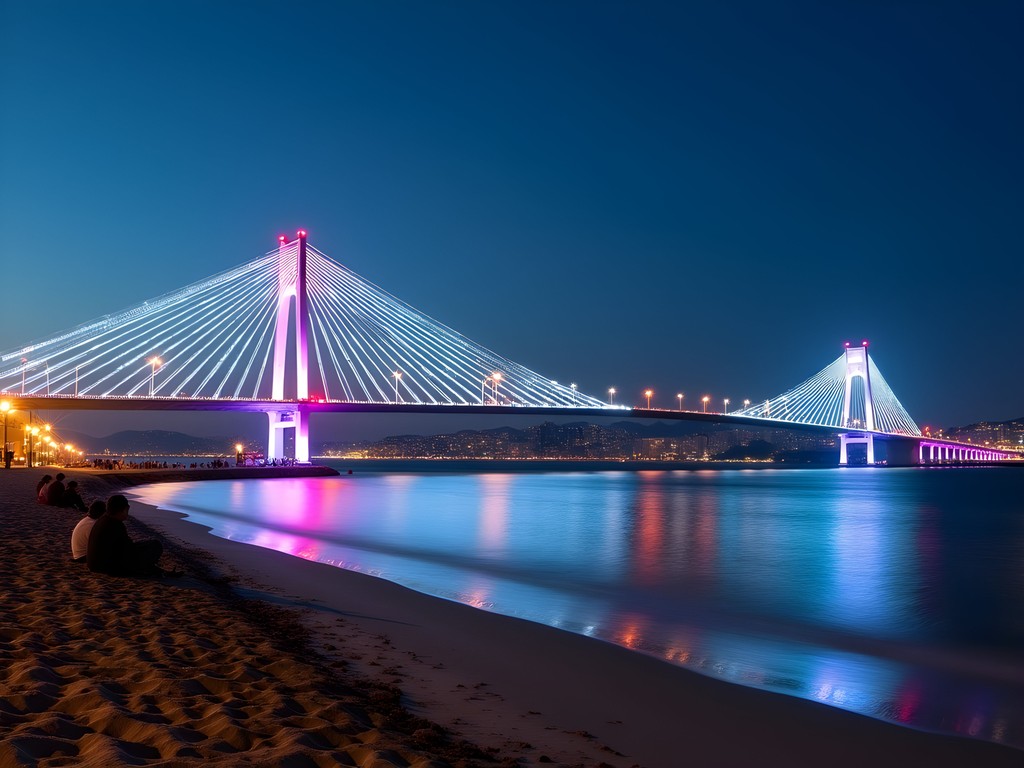
💡 Pro Tips
- Visit beaches early morning (before 8am) or evening for fewer crowds and better photos
- Take the coastal walk from Haeundae to Songjeong Beach for spectacular views
- Bring water shoes for exploring the rocky sections of Taejongdae
Market Immersion: The Pulse of Local Life
If beaches represent Busan's face to the world, its markets are undoubtedly its beating heart. My law enforcement background has trained me to observe human behavior, which made navigating Busan's bustling markets particularly fascinating. Jagalchi Fish Market, Korea's largest seafood market, was a sensory overload in the best possible way. Elderly female vendors (called 'Jagalchi Ajummas') deftly cleaned fish with practiced precision while calling out to potential customers.
The process is simple: select your seafood downstairs, then head upstairs where restaurants will prepare your purchases for a small fee. Despite my limited Korean, the vendors' expressive gestures and good humor transcended language barriers. I selected a modestly priced red snapper that was transformed into three distinct dishes—sashimi, soup, and grilled—each highlighting different aspects of the fish's flavor.
Nearby Gukje Market offered a different kind of immersion. Winding through its narrow alleyways felt like traveling through time, with vendors selling everything from traditional medicines to modern electronics. What caught my attention were the numerous pojangmacha (street food tents) where I sampled ssiat hotteok (sweet pancakes filled with seeds and brown sugar) and odeng (fish cake skewers) for mere pennies.
For serious food explorers, I recommend bringing a food translation card which helped me navigate menus and identify ingredients when English was scarce. To carry market purchases and daily essentials, my packable daypack was perfect—it folds into a palm-sized pouch when not needed but expands to hold plenty when shopping.
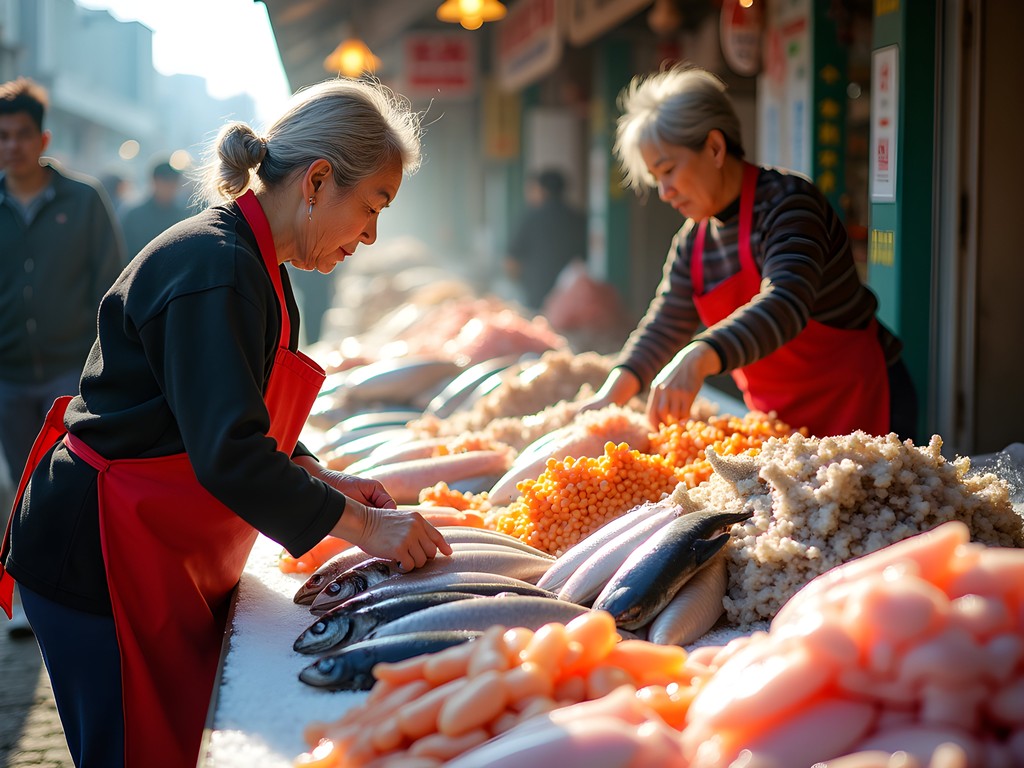
💡 Pro Tips
- Visit markets mid-morning on weekdays to avoid the heaviest crowds
- Bring cash in small denominations for easier transactions
- Learn basic Korean phrases for numbers and 'how much' to help with purchases
Urban Hiking: Mountains Meet Metropolis
What makes Busan truly special is how the urban landscape intertwines with nature. As someone who finds peace in both stargazing and urban exploration, Busan's accessible mountains within the city limits were a dream come true. Gamcheon Culture Village, often called 'Korea's Santorini' or 'Lego Village,' was my first urban hike. This hillside community transformed from a former slum into a vibrant art district, with narrow staircases leading between colorfully painted houses.
While tourists flock to take photos at designated Instagram spots, I found more authentic experiences by venturing just a few alleyways away from the main paths. There, elderly residents tended to potted plants outside their homes, and children played traditional games in small courtyards. One grandmother invited me to share a cup of barley tea outside her tiny shop selling handmade dolls—a moment of connection I wouldn't have found on the main tourist trail.
For a more challenging hike, I tackled Geumjeongsan Mountain via the eastern Beomeosa Temple entrance. The 4-hour round trip took me through ancient temple grounds, forested paths, and eventually to Geumjeongsanseong Fortress with panoramic views of the entire city and coastline. As dusk approached, I unpacked my compact star guide and spent an hour identifying constellations appearing in the darkening sky—a ritual that connects me to every place I visit.
For these urban hikes, my collapsible water bottle was essential for staying hydrated without taking up precious space when empty. And for navigating Busan's complex network of neighborhoods, the offline maps app proved invaluable when cell service became spotty in mountainous areas.
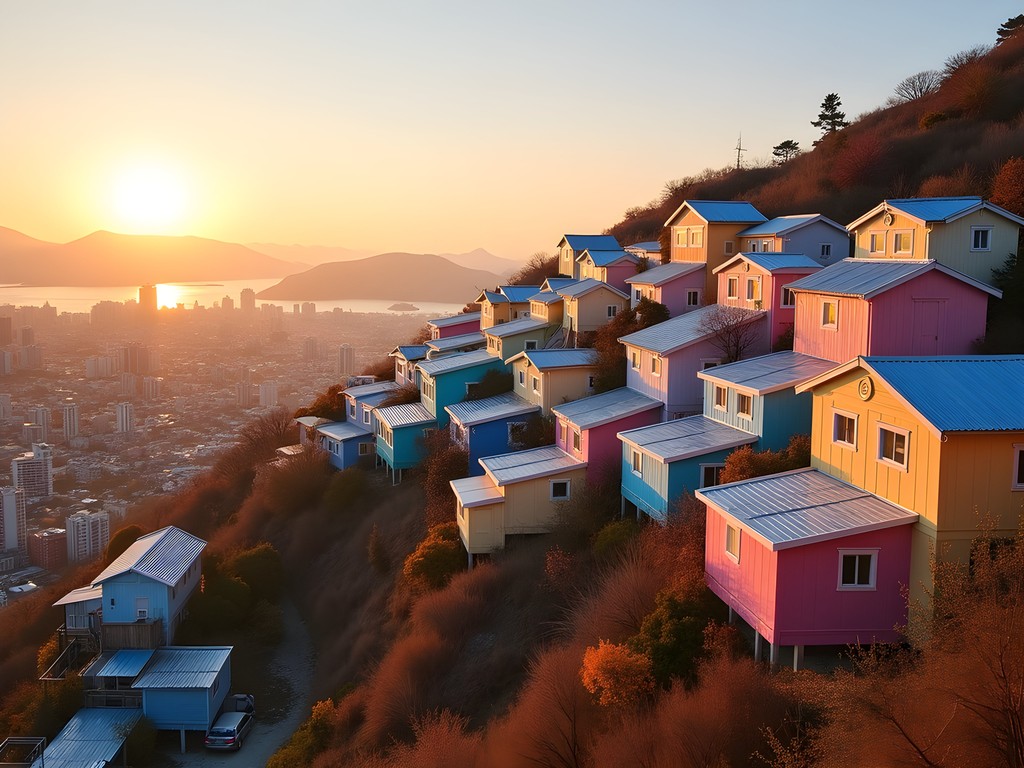
💡 Pro Tips
- Start Geumjeongsan hikes early to avoid afternoon heat and crowds
- Bring a flashlight if visiting Gamcheon Culture Village near sunset—many staircases are poorly lit
- Purchase the Busan City Tour Bus pass for easy access to trailheads without navigating public transportation
Night Sky Adventures: Stargazing in Busan
My passion for astronomy doesn't take vacations, and I was pleasantly surprised by Busan's stargazing opportunities. While light pollution is inevitable in any major city, several locations offered respectable night sky viewing. The Oryukdo Skywalk, a glass-bottomed observation deck extending over the sea, transforms after sunset from a tourist hotspot to a serene stargazing platform. On clear nights, the stars above blend with the fishing boat lights below, creating the illusion of floating in a sphere of twinkling lights.
For more serious astronomical observation, I took an evening trip to Hwangnyeongsan Mountain Observatory. While modest compared to professional facilities, this public observatory offers telescope access and staff who enthusiastically share their knowledge despite language barriers. Through patient gesturing and my limited Korean astronomy vocabulary, I learned about Korean constellation traditions that differ fascinatingly from Western patterns.
The most unexpected stargazing spot was Dadaepo Beach on Busan's western edge. Far from the city center, this beach has significantly less light pollution. I arrived around 9 PM to find small groups of locals with portable telescopes and picnic mats scattered across the sand. Using my red light headlamp to preserve night vision, I joined them in watching the autumn constellations emerge above the horizon.
For serious night sky photography, my travel tripod was essential for capturing long exposures of star trails over Busan's distinctive coastline. To track celestial objects and identify stars unfamiliar to North American eyes, the astronomy app with its Asian constellation overlays proved invaluable.
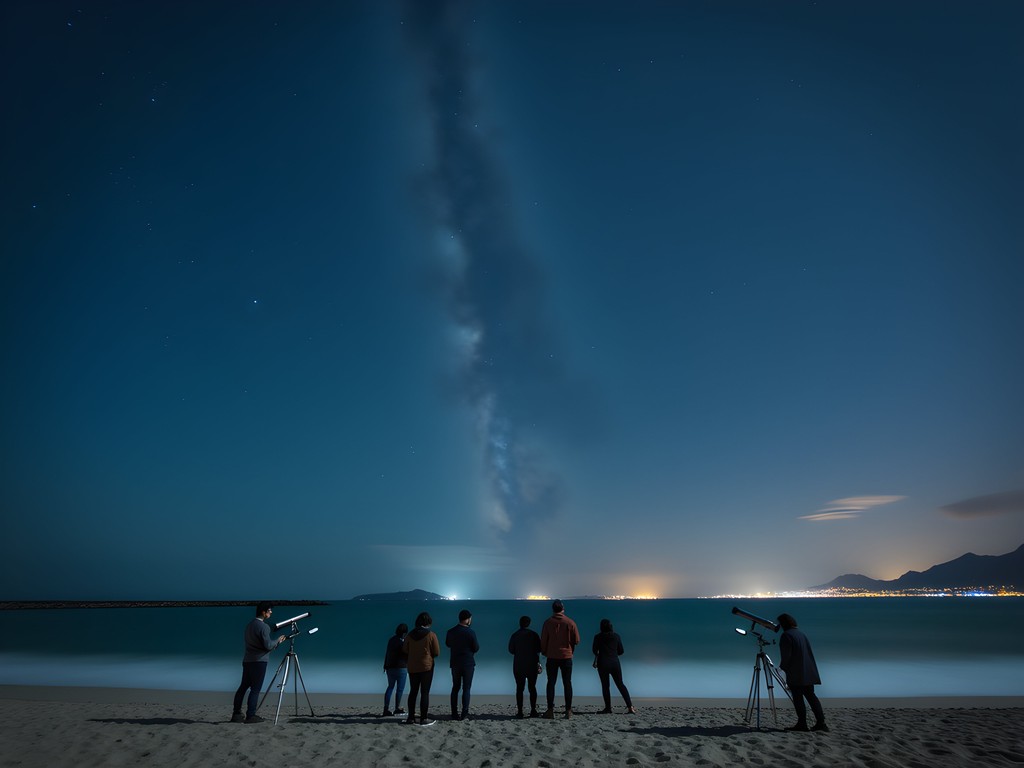
💡 Pro Tips
- Check the lunar calendar and plan stargazing around new moon periods for darker skies
- Bring warm layers even in fall—coastal winds make evenings chillier than expected
- Visit Hwangnyeongsan Observatory on weeknights to avoid weekend crowds
Olympic Legacy: Busan's Sports Heritage
Though Busan never hosted the Olympics, the city's sports infrastructure reveals South Korea's Olympic ambitions and legacy. My fascination with Olympic venues led me to the Busan Asiad Main Stadium, constructed for the 2002 Asian Games—often considered Korea's dress rehearsal for the 1988 Seoul Olympics and 2018 PyeongChang Winter Games.
The stadium today hosts occasional sporting events but stands mostly as an architectural monument to Korea's emergence on the world stage. Walking through the quiet concourses on a weekday morning, I could almost hear the phantom roars of crowds from decades past. What struck me most was how the facility has been maintained rather than abandoned—unlike many Olympic venues worldwide that deteriorate after their moment in the spotlight.
Nearby, the Busan Sports Complex offers public access to world-class facilities where Korean Olympic hopefuls once trained. For a nominal fee, I swam laps in the same pool used by national team members. My fellow swimmers—mostly retirees getting their morning exercise—seemed amused by my interest in the facility's history, with one elderly gentleman proudly showing me newspaper clippings of Korean swimming medalists he kept in his wallet.
For sports enthusiasts visiting Busan, I recommend packing a swim cap and goggles to take advantage of these public facilities. During my stadium explorations, my pocket monocular helped examine architectural details and historical markers that would otherwise be missed.
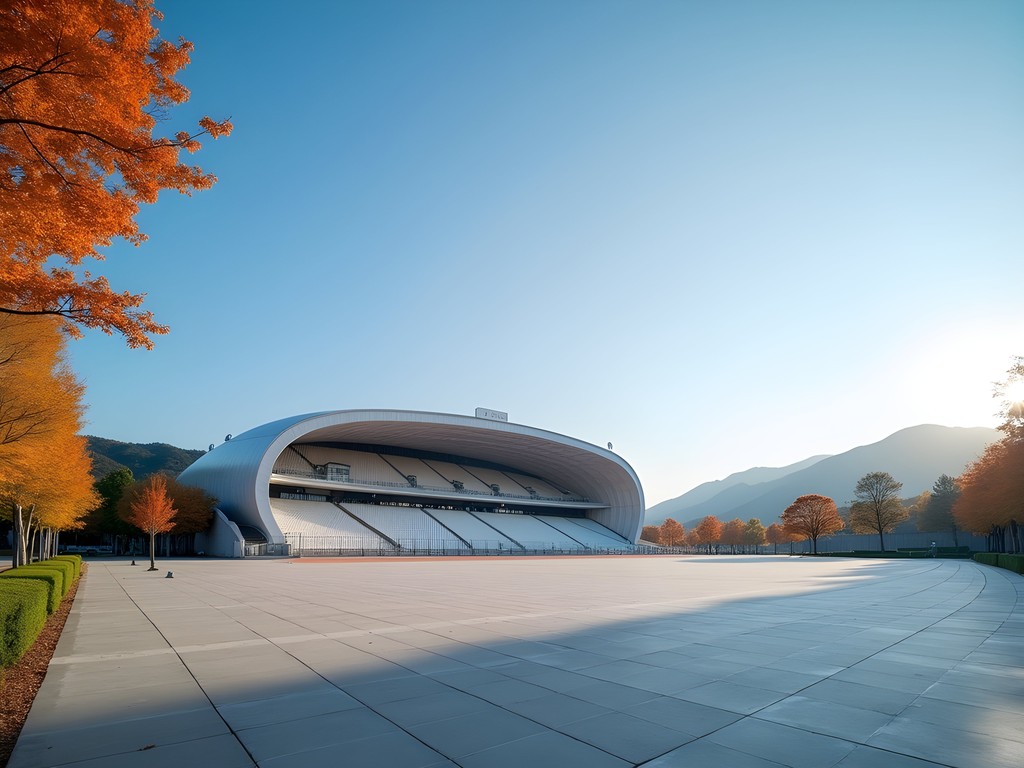
💡 Pro Tips
- Visit stadiums on weekday mornings for quieter exploration and better photo opportunities
- Check the Busan Sports Council website for public facility hours and nominal entrance fees
- Look for the Wall of Fame near the aquatics center showcasing Korean Olympic athletes
Final Thoughts
As my KTX train pulled away from Busan Station, heading back toward Seoul for my international flight, I found myself already planning a return visit. Busan offers a perfect balance that's increasingly rare in our globalized world—international enough to be navigable for English speakers, yet authentic enough to provide genuine cultural immersion. The city rewards those willing to venture beyond obvious attractions with moments of connection that transcend language barriers.
Whether you're drawn by coastal beauty, culinary adventures, urban hiking, astronomical observation, or simply the desire to experience a different side of South Korea, Busan delivers with understated confidence. As both a police officer and a traveler, I've learned to appreciate places that reveal themselves gradually rather than broadcasting their charms. Busan is such a place—a city that whispers rather than shouts, inviting you to lean in closer and discover its secrets at your own pace.
As I watched the city's distinctive coastline disappear into the distance, I thought about how the same stars I observed over Dadaepo Beach would soon shine over my home in Cleveland. There's something profoundly comforting about that astronomical connection—a reminder that while cultures and landscapes may differ dramatically, we all share the same sky.
✨ Key Takeaways
- Busan offers authentic cultural experiences with fewer tourists than Seoul
- The city's unique geography creates a perfect blend of urban exploration, coastal relaxation, and mountain hiking
- Fall provides ideal weather and smaller crowds for exploring outdoor attractions
- Venturing just slightly off the main tourist paths yields the most rewarding local interactions
- Busan's markets offer the best opportunity to experience daily Korean life and culinary traditions
📋 Practical Information
Best Time to Visit
Fall (September-November) for comfortable temperatures and clear skies
Budget Estimate
$70-120 USD per day including accommodations, food, and activities
Recommended Duration
5-7 days
Difficulty Level
Beginner

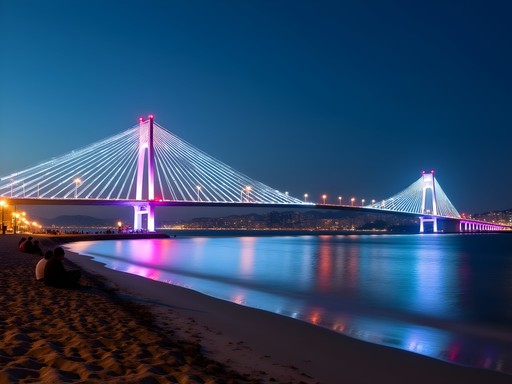
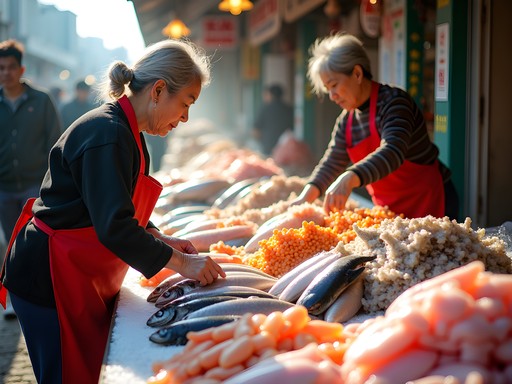
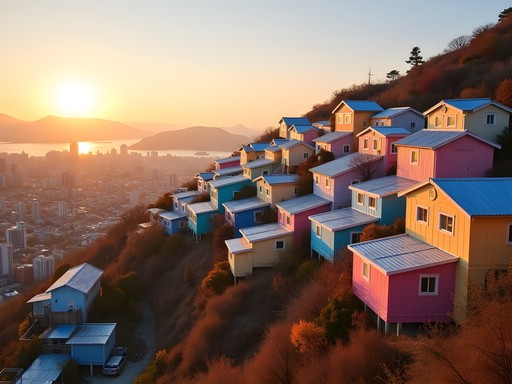
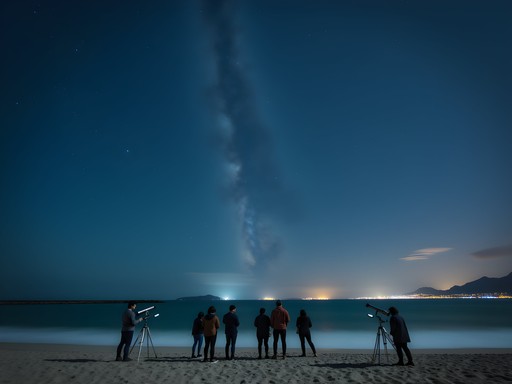
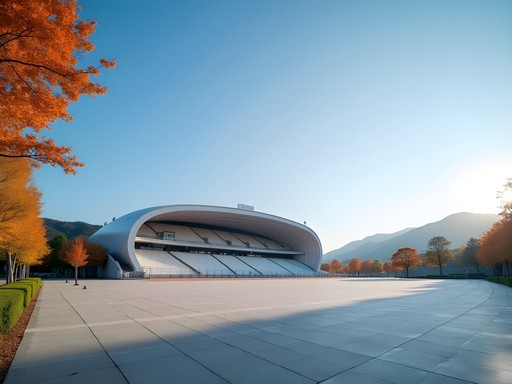


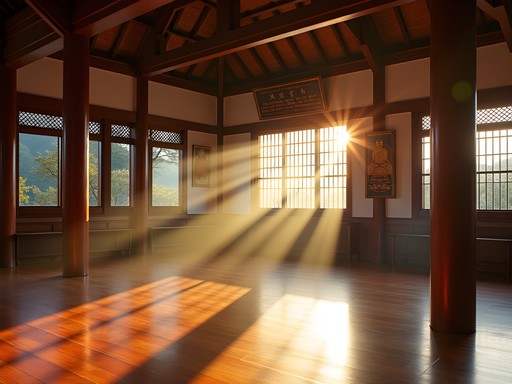
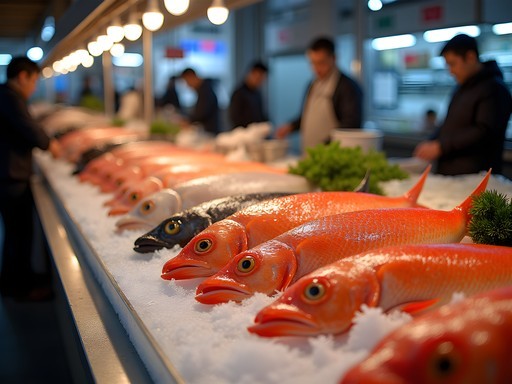
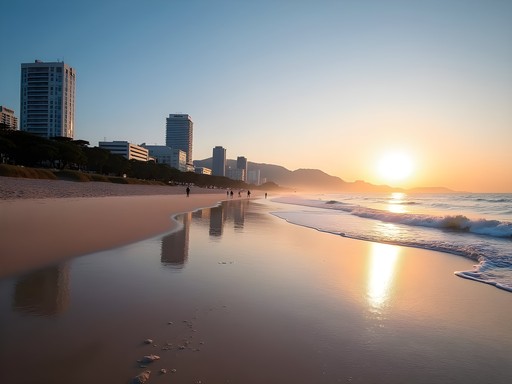

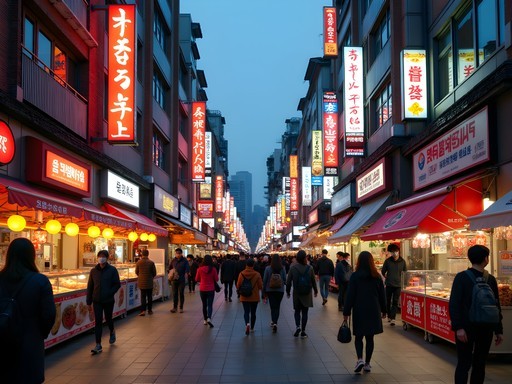



Comments
Riley Griffin
Ana, this brought back wonderful memories of our family trip to Busan last year! My kids (8 and 11) absolutely loved the Busan Sea Life Aquarium near Haeundae Beach - it was a perfect break from the summer heat. We stayed in Seomyeon which was fantastic for family dining options. The subway system was incredibly easy to navigate even with children in tow, and much cleaner than what we're used to back home! One recommendation for families: schedule your visit to Taejongdae Park early in the morning to avoid crowds and heat. We packed a picnic breakfast and watched the ships coming into port while eating - one of those simple travel moments that became a highlight of our trip. Busan is such an underrated destination for families looking beyond Seoul!
Ana Howard
Riley, that picnic breakfast at Taejongdae sounds magical! I agree about Busan being underrated - it offers such a different perspective of Korea than Seoul. Thanks for the family travel insights!
backpacknomad
If anyone's heading to Busan, don't miss the Taejongdae cliffs! Not in this post but absolutely worth the trip. Take the little tourist train if you don't want to walk the whole circuit.
summerlife
Yes! And bring your compact binoculars if you have them - we spotted dolphins from the lighthouse viewpoint!
travelseeker
Those night sky photos are incredible! Didn't realize you could stargaze in such a big city.
beachwalker
Great post! I'm planning a solo trip to Busan next month. As a female traveler, how safe did you feel walking around at night, especially near the beach areas?
Ana Howard
I felt extremely safe in Busan, even late at night. South Korea in general has very low crime rates, and the tourist areas are well-lit and usually have people around. Just use the same common sense you would in any city!
beachwalker
That's reassuring, thanks! Can't wait for my trip.
summerlife
Just got back from Busan last month and this post brings back so many memories! Haeundae Beach was definitely the highlight for me too, but I also loved Gwangalli with that incredible bridge view at sunset. The seafood at Jagalchi Market blew my mind - I tried things I couldn't even name! One tip for anyone going: the city bus tourist pass saved us so much money getting around. Ana, did you get to check out Gamcheon Culture Village? Those colorful hillside houses were like something from a storybook!
backpacknomad
Gamcheon was amazing! Got completely lost there for hours and loved every minute of it.
Ana Howard
Yes! Gamcheon was actually one of my favorite spots - those winding streets and art installations everywhere were magical. I mentioned it briefly in the urban hiking section but could have written a whole post just about that neighborhood!
Claire Hawkins
Ana, what a beautiful post about Busan! We visited as a family last spring and it was such a highlight of our Korea trip. The Jagalchi Fish Market was an adventure - my kids were wide-eyed at all the sea creatures they'd never seen before! One tip for families: Songdo Beach has this amazing sky walk that my children couldn't get enough of. I wish I'd had your stargazing recommendations though - we missed that completely! I found having a good guidebook essential since some of the lesser-known spots aren't well marked in English. We used the Lonely Planet Korea which had excellent neighborhood maps of Busan. Did you make it to Gamcheon Culture Village? The colorful houses climbing up the hillside were like something from a storybook.
redace
Gamcheon Culture Village is incredible! Did you know it was originally a slum area? Amazing transformation story.
luckymood
Your photos of Taejongdae are stunning! Definitely adding that to my bucket list.
SeoulSearcher
How many days would you recommend for Busan if coming from Seoul?
Ana Howard
I'd say minimum 3 days, but 4-5 is ideal to really experience different neighborhoods without rushing. The KTX train makes it an easy trip!
KoreanFoodLover
Those night market photos made me hungry! 🍜
HikingFanatic
We did the Igidae Coastal Walk you mentioned and it was incredible! Pro tip: start early to avoid crowds and bring plenty of water. The views are worth every step!
Venture X
Premium card with 2X miles, $300 travel credit, Priority Pass